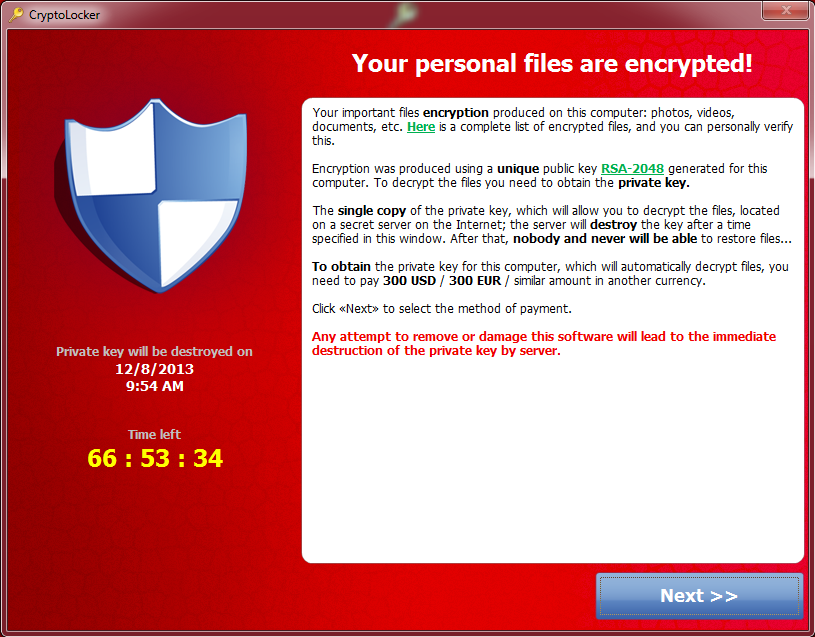The over-hyped market valuation of the buzzing P2P E-currency, Bitcoin, quickly gained the attention of cybercriminals internationally who promptly adapted to its sky rocketing valuation by releasing commercially available stealth Bitcoin miners, Bitcoin wallet stealing malware, as well as actually starting to offer the source code for their releases in an attempt to monetize their know-how and expertise in this area. Throughout 2013, we profiled several subscription based stealth Bitcoin mining tools, and predicted that it’s only a matter of time before this still developing market segment starts proliferating with more cybercriminals offering their stealth Bitcoin releases to prospective customers. Not only are we continuing to see an increase in terms of the number of tools offered, but also, some cybercriminals are actually starting to offer the source code for their releases, which, as we’ve seen in the past, has resulted in an increase in ‘vallue-added’ releases on behalf of fellow cybercriminals implementing features based on their perceived value, or through interaction with prospective customers.
What are cybercriminals up to in terms of stealth Bitcoin miners these days? Let’s profile several of the (international) underground market share leading commercially available stealth Bitcoin miners, emphasize on their features, as well as just how easy it is to fraudulently mine Bitcoin/Litecoin these days, with the affected user never really knowing what’s taking place on their PC.












